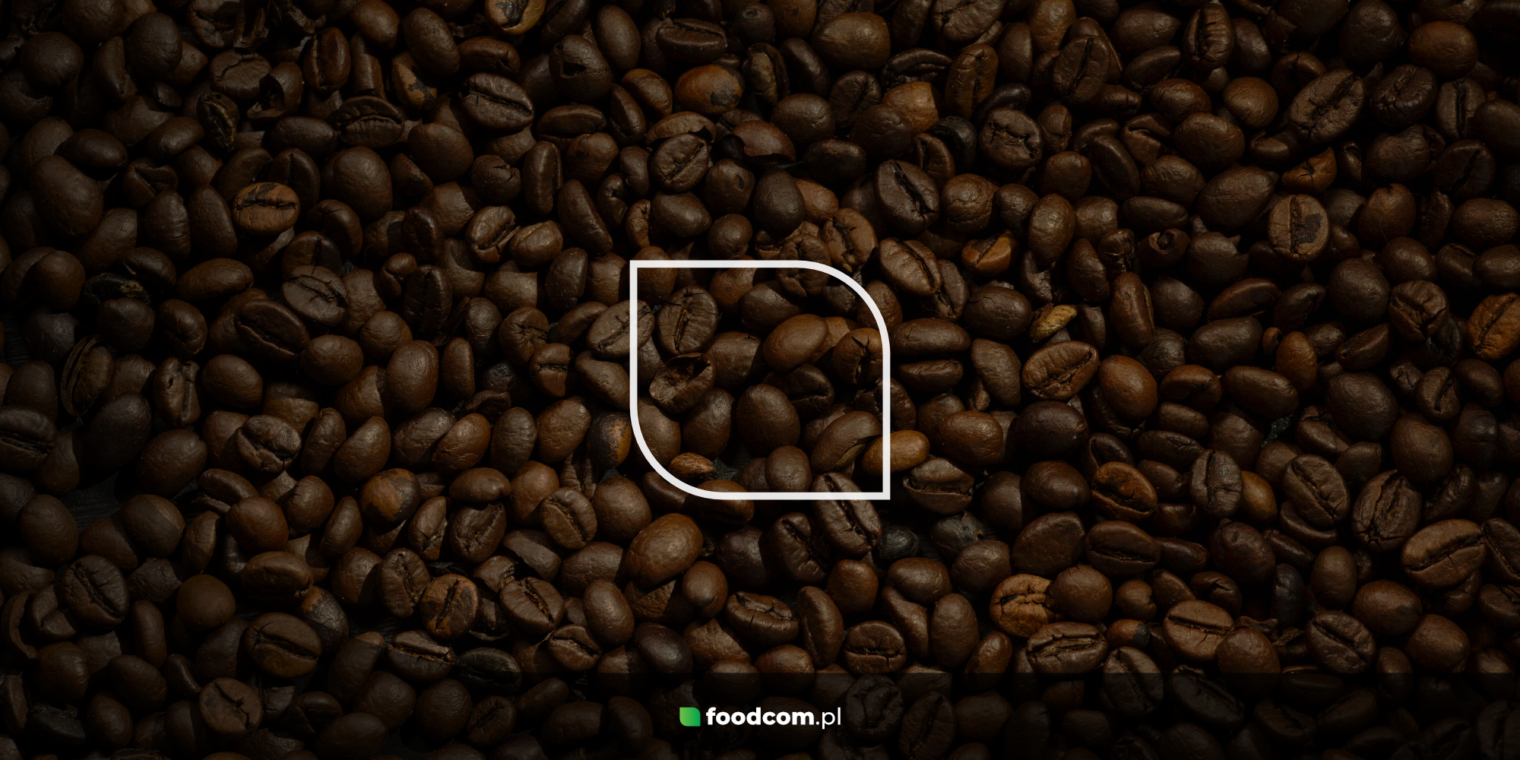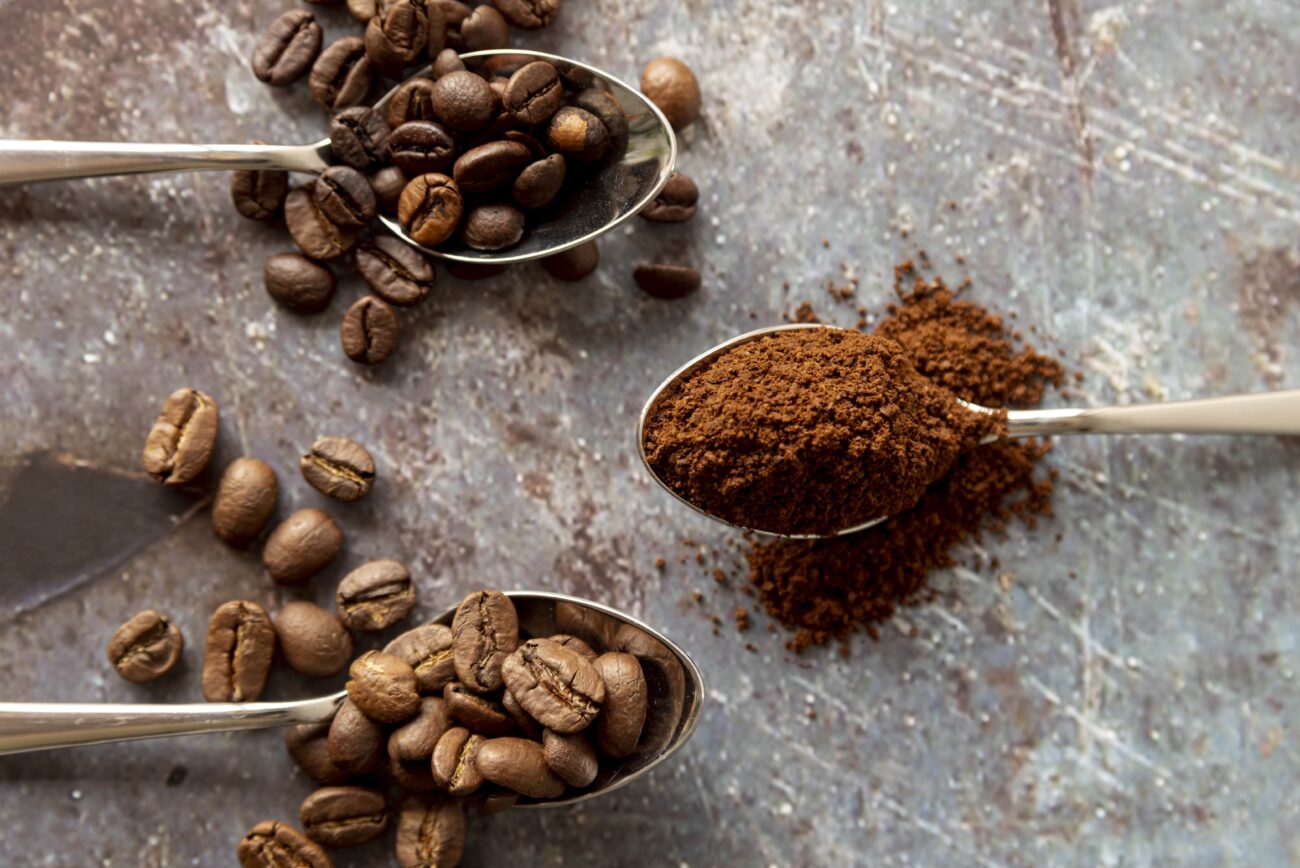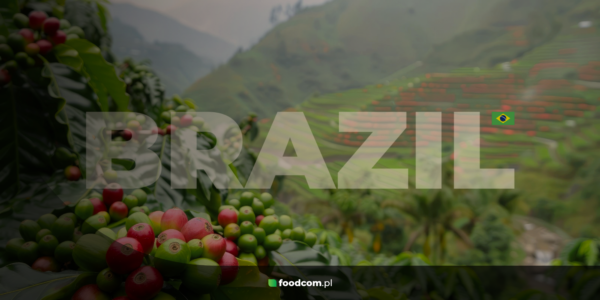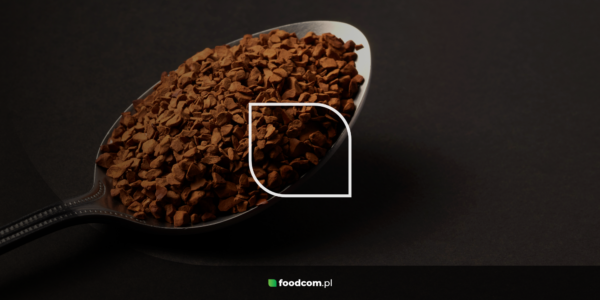- The coffee comes from the tropical regions known as the ‘Coffee Belt,’ covering Latin America, Africa and Asia-Pacific.
- The two main coffee varieties are Arabica, valued for its delicacy and complexity of flavour, and Robusta, characterised by its intensity and higher caffeine content.
- The processing of the coffee beans, including wet and dry methods, influences the final taste of the beverage.
- Coffee roasting, a key production step, determines the flavour profile, aroma and intensity of the finished brew.
Coffee has a long history, dating back to the 9th century, when it was discovered in Ethiopia. Over time, it became an integral part of many cultures, especially in Arab countries, from where it spread to the world. Since the 17th century, coffee has grown in Europe and has become the hub of social and intellectual life in coffee shops. It’s also a global commodity with a big impact on many developing countries, especially in Latin America, Africa, and Asia. Coffee brings people together around the world, it symbolizes hospitality, inspiration, and sociability.
From the coffee plant to the ripe fruit
Coffee is grown in the tropics, known as the “Coffee Belt” which includes Latin America, Africa and Asia-Pacific. Latin America is dominated by countries like Brazil and Colombia which produce coffee with mild flavors and fruity notes. Africa as the birthplace of coffee provides beans with intense character especially from Ethiopia and Kenya. Asia includes Vietnam, Indonesia, and India which produces mainly Robusta which has a strong, bitter flavor.
The coffee world is dominated by two main species: Arabica and Robusta. Arabica which accounts for 60-70% of world production is known for its delicate flavor, complex aromas, and higher acidity. It’s grown at higher altitudes which favors the quality of the bean. Robusta on the other hand which is more hardy and richer in caffeine has a more intense, bitter taste and is used in instant coffee and espresso blends.
Growing requires specific climate and soil conditions. It grows best in tropical climates where temperature is between 18-24°C and soil is fertile and well drained. Altitude affects the flavor profile – Arabica grows at higher altitude which favors more complex flavor while Robusta grows at lower altitude.
The life cycle of a coffee plant starts with seeds which become fruit bearing bushes after a few years. 6-9 months after flowering the coffee fruits or cherries are ready to be harvested. Harvesting is done by hand or machine and quality of harvesting is crucial to the taste of the final product.
Harvesting and its impact on coffee quality
Harvesting of coffee cherries is a critical stage in coffee production and impacts the final quality. There are two main methods of harvesting: manual and mechanical. Manual harvesting is labor intensive but allows for selective harvesting of only ripe fruit which means higher quality. There are two methods of hand picking: selective picking which is picking only the ripe fruit and strip picking which is picking all the fruit from the branch at once. Mechanical harvesting is faster but less precise.
After harvesting is the fruit selection which is also important for coffee flavor. By hand you can separate ripe from unripe fruit which is crucial in specialty coffee production. Mechanical selection is faster but less accurate and properly selected beans ensure consistency in coffee flavor and aroma.
Harvesting time is also critical – too early or too late can affect the flavor of the coffee. The optimal time varies from region to region and from variety to variety and farmers must monitor the crop closely to harvest at the right time.
From fruit to beans: coffee processing methods
After harvesting coffee, fruits must go through a processing stage to separate the beans from the pulp and prepare it for drying and further processing. There are three main methods that influence the final taste of the coffee: wet, dry and semi-dry.
Wet processing involves removing the fruit’s pulp using water and then fermenting the beans under controlled conditions to remove any remaining pulp. Coffee processed this way is clean and distinct with high acidity.
Dry processing is the oldest method where whole coffee beans are dried in the sun. Beans dried this way have a fuller, sweeter and fruity flavor with lower acidity.
Semi-dry processing is a compromise between wet and dry methods. The pulp is partially removed and the beans are dried with the remaining pulp on the surface giving the coffee unique characteristics combining clarity of flavor with fullness and sweetness.
Fermentation is very important in the wet method and has a big impact on the taste of the coffee. Proper fermentation helps remove the mucilage layer surrounding the bean which is essential for proper drying and prevents unwanted flavors. Modern techniques for this process with careful control of time, temperature, and microflora makes it possible to achieve the desired flavor profiles.
After processing and fermentation the coffee beans must be dried to the right moisture level. Traditional sun drying allows flavors to develop naturally but requires care to avoid excess moisture and impurities. Mechanical drying is faster but can affect the coffee flavor if not done properly.
After drying the beans are sorted and graded for quality. This process includes mechanical and optical sorting and manual sorting especially for high quality coffees. The beans are graded based on size, weight, density, and defects which determines the price and destination.
Storage and transportation of coffee beans
Coffee beans are sensitive to environmental conditions such as humidity, temperature, light and air so it requires careful control of these factors.
Beans should be stored in areas with low humidity (around 10-12%) to prevent mold and other microorganisms from growing and degrading the flavor. Also the storage temperature should be stable, preferably between 15-25°C to prevent accelerated aging of the beans. Direct light should be avoided as it speeds up oxidation and contact between beans and air should be minimized as it causes oxidation and flavor loss. To achieve this the beans are often stored in airtight containers or modern GrainPro bags which minimizes oxygen and moisture.
Transporting coffee beans from farm to roaster requires proper logistics. First the beans are transported from the farm to processing plants or export ports which are usually overland. Then most coffee exported to the international market is transported by sea. The beans are packed in jute bags or airtight GrainPro bags and then placed in shipping containers. The containers should be well ventilated and protected from moisture and extreme temperature that can affect the quality of the coffee. For high value specialty coffee that needs to reach the market fast, air transport is sometimes used.
Proper storage and transportation of coffee beans are key elements that directly affect the final quality of the coffee. Proper logistics and control at every stage is necessary to ensure the beans arrive at the roaster in perfect condition ready for further processing and consumption.
The art of roasting
Coffee roasting is a critical stage of production that determines the final taste, aroma and character of the brew. In this process the raw green beans are exposed to high temperatures which triggers a series of chemical reactions such as Maillard reaction and caramelization of sugars. This is when the coffee develops its unique flavor notes from fruity to chocolate and aromas and texture.
Roast level is divided into light, medium and dark. Light roasting preserves the original flavor of the bean, gives higher acidity and delicate fruity notes. Medium roasting gives a balanced flavor profile with lower acidity and fuller body often with chocolate and caramel notes. Dark roasting gives coffee intense smoky flavor with low acidity, full body and bitter notes.
The evolution of roasting techniques from traditional to modern allows precise control of the process to achieve the desired flavor profile. Modern techniques such as Fluid Bed Roasting and Infrared Roasting ensures even roasting and better flavor retention.
Roasting coffee also affects its physical properties like tenderness and caffeine content. It’s important to achieve the perfect balance of flavor, aroma and texture making coffee one of the most diverse beverages in the world.
Conclusion
As a beverage with rich history and deep cultural roots coffee has connected people around the world for centuries. Its journey from the coffee plantation bush in tropical regions to the cup on our table is very complex and requires the cooperation of many people at various stages of production. Every step from the selection of the right beans to the processing to the precise roasting impacts the final taste, aroma and quality of this beverage.
But as the world becomes more conscious of the ethical and environmental impact of production there is a growing responsibility for both consumers and producers to be sustainable. The coffee industry has challenges like climate change, fair trade, environmental protection and better working conditions on the plantations.











